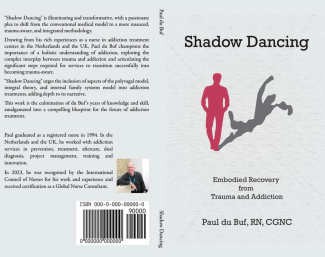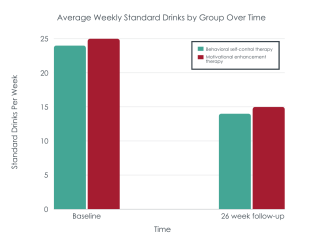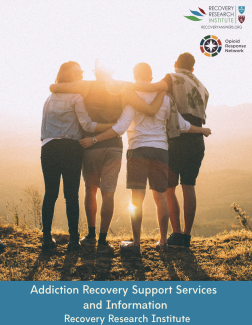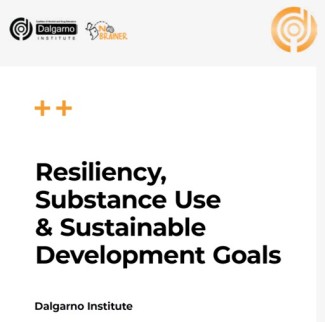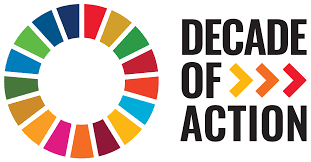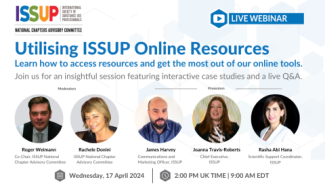Search
A COMPARISON OF TWO TREATMENTS FOR INDIVIDUALS INTERESTED IN REDUCING ALCOHOL USE
Many people seeking treatment for severe alcohol use disorder begin with a goal of alcohol abstinence. There are also, however, many less severe cases who hope to reduce their drinking rather than stopping altogether, and evidence suggests...
OVERDOSE DEATHS FROM SMOKING DRUGS NOW EXCEED INJECTION
Over the last 3 decades, there have been several fluctuations in opioid use patterns and prevalence estimates in the United States. The predominant opioid involved in overdose deaths shifted from prescription opioids in the 1990’s and...
Recovery Support Services and Information
Recovery support services are intended to provide access to social support, employment, housing, and a variety of other services for people in recovery from substance use disorder. You can find attached the major types of recovery support...
Digital Recovery Support: Online and Mobile Resources
Not everyone can make it to meetings in person. Here are some resources that many use to access vital recovery support online from home.
Check this infographic by recovery research institute to know more.
Age-dependent association of cannabis use with risk of psychotic disorder
Abstract
Background
Epidemiologic research suggests that youth cannabis use is associated with psychotic disorders. However, current evidence is based heavily on 20th-century data when cannabis was substantially less potent than today...
Resiliency, Substance Use & Sustainable Development Goals
A brief foray into the entangled issues of both growing culture and personal irresilience and the intersection of substance use and the growing environmental fragility.
"All the evidence is in and we now know Alcohol & Other Drugs (AOD)...
Technology Use and Substance Use Disorder Among Youth
Alternatives to Incarceration (ATI) Reading List
Alternatives to Incarceration (ATI) encompass multi-sector approach on strategies and programs designed to divert individuals with substance use disorders away from conventional imprisonment. These alternatives address treatment, support...
Alternatives to Imprisonment- Decade of Action
The global incarceration rate has been steadily rising, with nearly 11 million individuals detained either awaiting trial or serving sentences worldwide. Prison overcrowding presents a longstanding and pervasive challenge for numerous...
Penalties for drug law offences in Europe at a glance
This resource facilitates the examination and comparison of penalties or rehabilitative measures for primary drug-related offenses such as drug use, possession for personal use, and supply-related crimes across European countries...
Co-Creation in Community-Based Prevention
Alternatives to Incarceration: Alternatives to Incarceration A Smart Approach to Breaking the Cycle of Drug Use and Crime
Alternatives to Incarceration for Drug‐Related Offenses
Alternatives to incarceration (ATIs) are mainly designed for offenders whose criminal behavior is driven by an underlying substance abuse disorder. This behavior can include not only crimes related to substance use (e.g., possession) but...
Building Inclusive Recovery Cities: An international movement for community building, recovery and prevention.
ISSUP, in collaboration with the Centre for Addiction Recovery Research (CARR), presents its webinar on Building Inclusive Recovery Cities.
This webinar combines key innovations in public-facing recovery programmes that challenge...
National Chapters Advisory Committee Maiden Webinar: Utilising ISSUP Online Resources
On 17th April 2024 the ISSUP National Chapters Advisory Committee hosted its maiden webinar, “Utilising ISSUP Online Resources” for National Chapter focal points. The 60-minute virtual session held in both English and Spanish offered an in...
Trauma exposure across the lifespan among individuals engaged in treatment with medication for opioid use disorder: differences by gender, PTSD status, and chronic pain
Background: Limited research has been conducted on lifetime trauma exposure among individuals undergoing medication treatment for opioid use disorder (MOUD). A multisite study provided an opportunity to investigate the prevalence of...
People who use drugs engagement in substance use disorder services and harm reduction: evaluation, challenges and future direction of a community-based intervention
Background:
Since 1996, an urban community-based organization has been providing screening, testing, overdose prevention, referrals, and access to treatment for substance use disorders (SUD) and communicable diseases such as HIV through...
A qualitative study of experiences with physical activity among people receiving opioid agonist therapy
Background:
Many people with substance use disorders undergoing opioid agonist therapy often have physical or mental health commorbidities. Exercise is recognised as beneficial for both prevention and treatment of various health...
Prevention Plus Wellness Programs Include SBIRT Protocol
Prevention Plus Wellness (PPW) programs, like the SPORT, Marijuana, Vaping, Opioid and InShape PPW programs for adolescents and young adults include materials and directions for implementation as an optional Screening, Brief Intervention...

